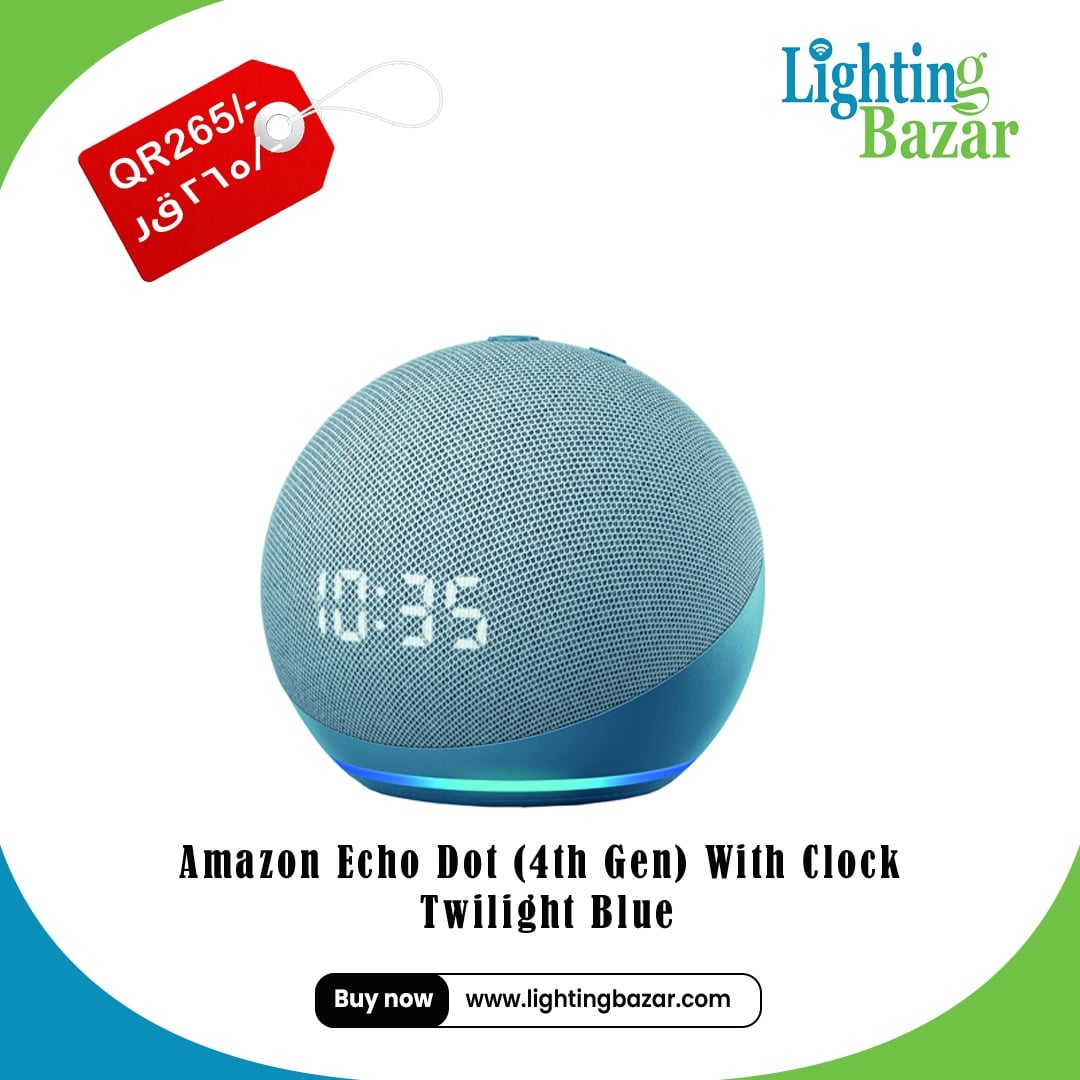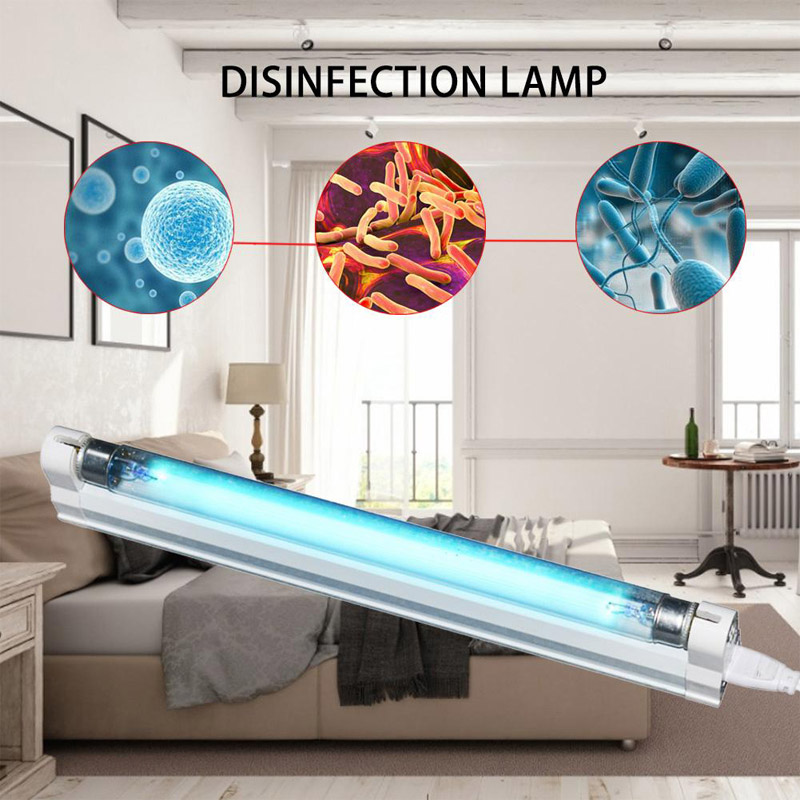How LED is perfect for Textiles and Agriculture…….
21 Jan 2020
LEDS have multiple advantages like low power consumption, long life, light weight, variety of color, small volume and fast response. Therefore, LED seems in fact quite suitable for practical clothing design, becomes an important item of growth, presentation and advertising for research institutions and the garments industry. In the current years, the development trend of textile application of LED is changed from simple light bulb and light bar to the coming out of new material, including soft packaging, optical fiber, LED yarn, and organic light emitting diode. At one time, retailers used a single class of illuminant, Cool White Fluorescent (CWF) Currently, however, numerous illuminant types are used in retail stores both incandescent and fluorescent lights have been commonly adopted along with daylight, simulates and Light-Emitting Diodes (LEDs) . Unfortunately, most studies which have investigated textile color cautious only (daylight) lighting . This is challenging because incompatible use of lighting can negatively influence consumer sensitivity of products color at the retail . To avoid customer unhappiness and associated negative occurrences, it is recommended that the illuminants used in the color quality control process should take in to account not only the light sources used in retail establishments ,but also the types of light to which customers will picture products while pursuing their related life tasks and activities. For retailers in particular, The lighting used in dressing room areas is serious because of the effect it can have on customer fulfillment and clothing sales.
Doura Lamp LED Panel Light 40W.According to research, LED applications in agricultural lighting can professionally increase crop yieldsWe all know that crops rely on the method of photosynthesis to grow. If we can improve the effect of sunlight through artificial lighting, it is expectable that the crop development rate will increase. Agricultural lighting is not a fresh idea and products like xenon lamps, fluorescent lamps, high voltage sodium lamps and metal halide lamps are commonly used as conventional light-filling lamps. However, the efficiency of these lighting methods is not high satisfactory and the light-filling for plant growth or plant grown by entire artificial light requires massive lighting power. Excess emission of light or radiation that cannot be utilized by plants is just a waste of energy.
The quick development of LED lighting technology has enabled a better energy-efficient feature than usual light sources. Applying LED lighting to agriculture can efficiently decrease the misuse of energy. Moreover, LEDs can control different colors and spectra and flexibly adjust light sources according to diverse spectrum demands at different stages of plant growth, accelerate growth rate and utilize the energy more efficiently.






